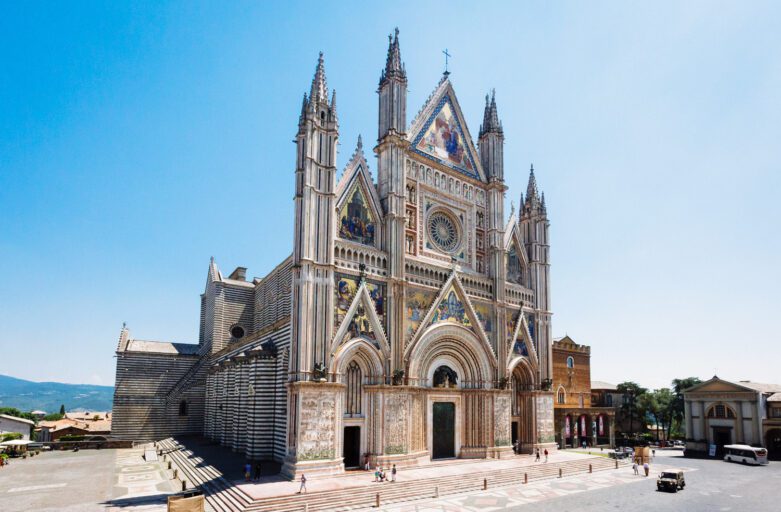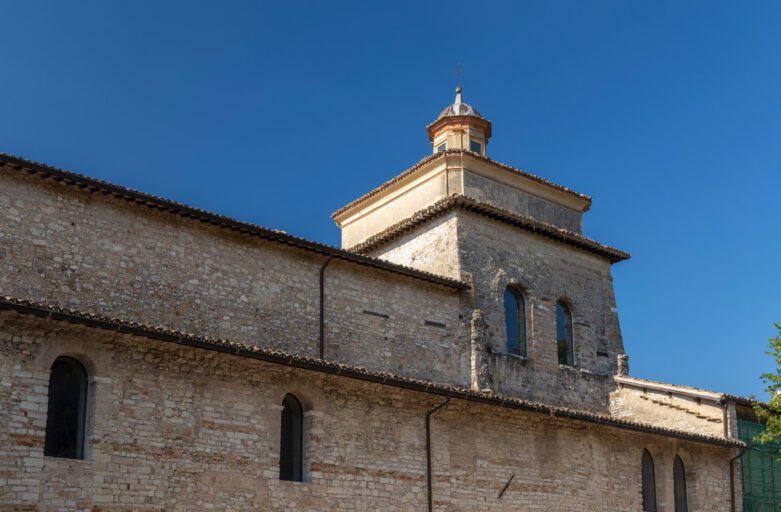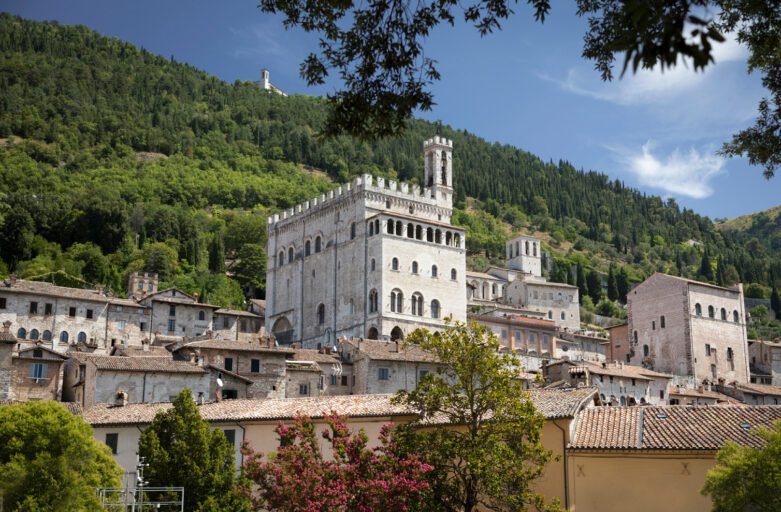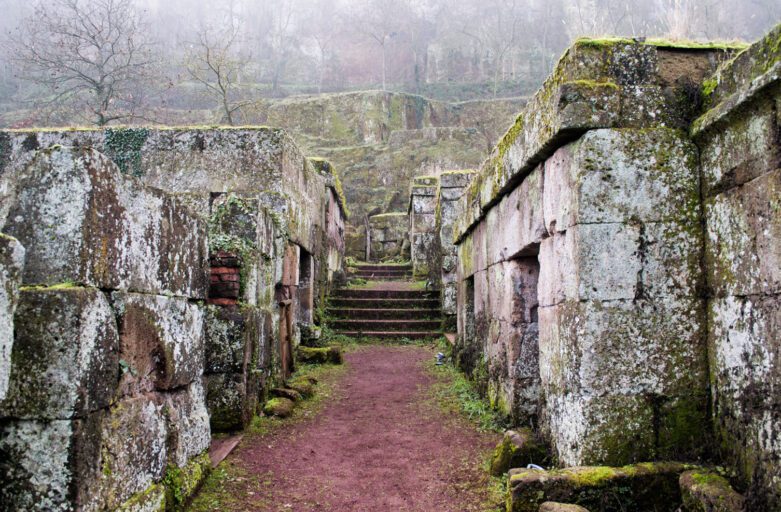Discovering the Museo del Capitolo
The very special setting of the Museo del Capitolo (Chapter Museum), embedded in the Saint Lawrence “Island” makes it a place worth discovering together with the many artifacts it houses. It would be possible to draft a story about each of those objects, from paintings to manuscripts – so, let us listen to what Time has to tell.





















